My favourite painting: Gerald Scarfe
Gerald Scarfe chooses his favourite painting for Country Life.
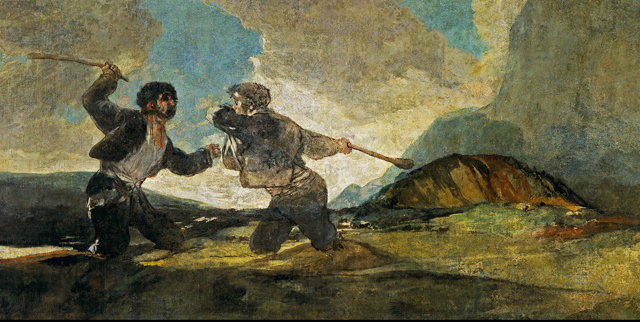

Duel with Cudgels, 1820/23, by Francisco de Goya y Lucientes (1746–1828), 491⁄4in by 1023⁄4in, Museo Nacional del Prado, Madrid, Spain
Gerald Scarfe says: ‘Goya is one of my heroes, and this brilliant and shocking black painting captures, symbolises and and sums up the stupidity of Man. Two men, like animals, beat one another to a pulp as they sink into the quagmire. Yet another fight over territory? Religious division? Or just naked aggression, one nation against another? It has all the direct simplicity of a cartoon—the message is clear. I’ve used similar images many times myself: in the 1980s, I painted a huge backdrop of two ape-like monsters splintering each others’ skulls for The Big One, an anti-nuclear show produced by Susannah York in London. I took my my inspiration directly from this painting.'
Gerald Scarfe is a cartoonist, illustrator and designer. His exhibition, ‘Milk Snatcher: The Thatcher Drawings’ is on show at The Bowes Museum, Barnard Castle, Co Durham until May 31.
John McEwen comments: Goya witnessed the hierarchical order of the 18th century being replaced by the revolutionary disorder of the 19th. When life-threatening illness struck in 1792, he was at the zenith of his professional career. The illness left him stone deaf. War in Spain, the first ‘guerrilla’ war in history, followed and conflicts continued until his death. The chaos freed him to some degree from the servitude of commissions and he reacted to the horror on his own liberal terms. His genius was released. Had he died in 1793, he would be remembered as a significant Spanish painter; his confrontation with war made him an artistic titan.
In 1819, after a second near-fatal illness, he bought a country villa outside Madrid, suitably named the ‘Villa of the Deaf Man’ after its previous occupant. It was a refuge from the continuing terror overseen by the tyrannical Ferdinand VII (1784– 1833), a despicable king to whom he was still Court Painter. Goya enlarged the house and ‘decorated’ the walls with 14 private and cathartic murals. They were subsequently called the ‘Black Paintings’ due to their nightmarish imagery.
This painting was one of four that filled the side walls of the ground-floor room. In the 1828 inventory, it was titled Two Provincials. The fighters appear to be sinking in a quagmire. art historians puzzle over its meaning. Is it an allegory of Spain under Ferdinand, who ruled by sowing discord? Certainly, it is a Dantean vision of Hell.
Baron d’Erlanger, a later owner of the villa, had the murals transferred onto canvas (severely damaging them in the process) and presented them to the state in 1881.
Sign up for the Country Life Newsletter
Exquisite houses, the beauty of Nature, and how to get the most from your life, straight to your inbox.
This article was originally published in Country Life, March 18, 2015
More from the My Favourite Painting Series
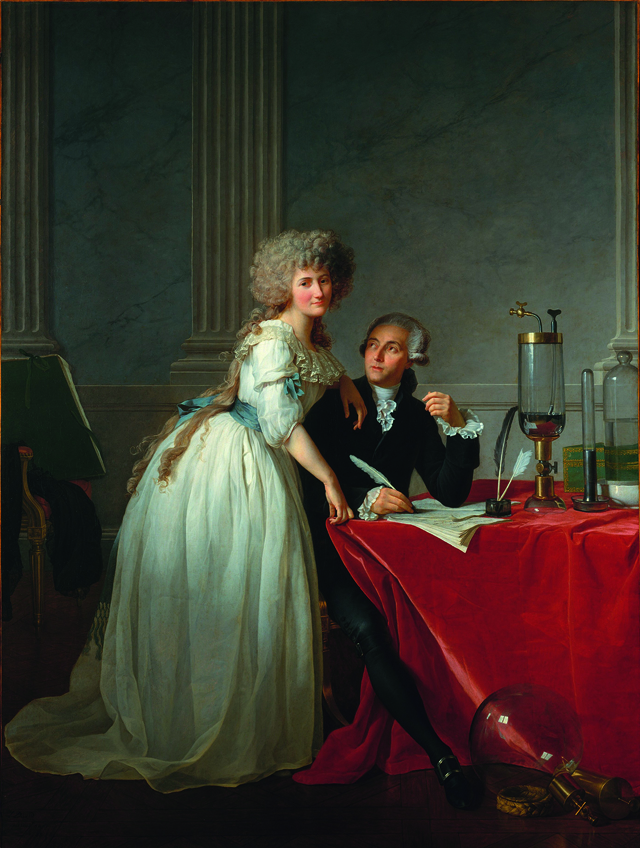
My favourite painting: Paul Nurse
Paul Nurse chooses his favourite painting for Country Life.
Country Life is unlike any other magazine: the only glossy weekly on the newsstand and the only magazine that has been guest-edited by HRH The King not once, but twice. It is a celebration of modern rural life and all its diverse joys and pleasures — that was first published in Queen Victoria's Diamond Jubilee year. Our eclectic mixture of witty and informative content — from the most up-to-date property news and commentary and a coveted glimpse inside some of the UK's best houses and gardens, to gardening, the arts and interior design, written by experts in their field — still cannot be found in print or online, anywhere else.
-
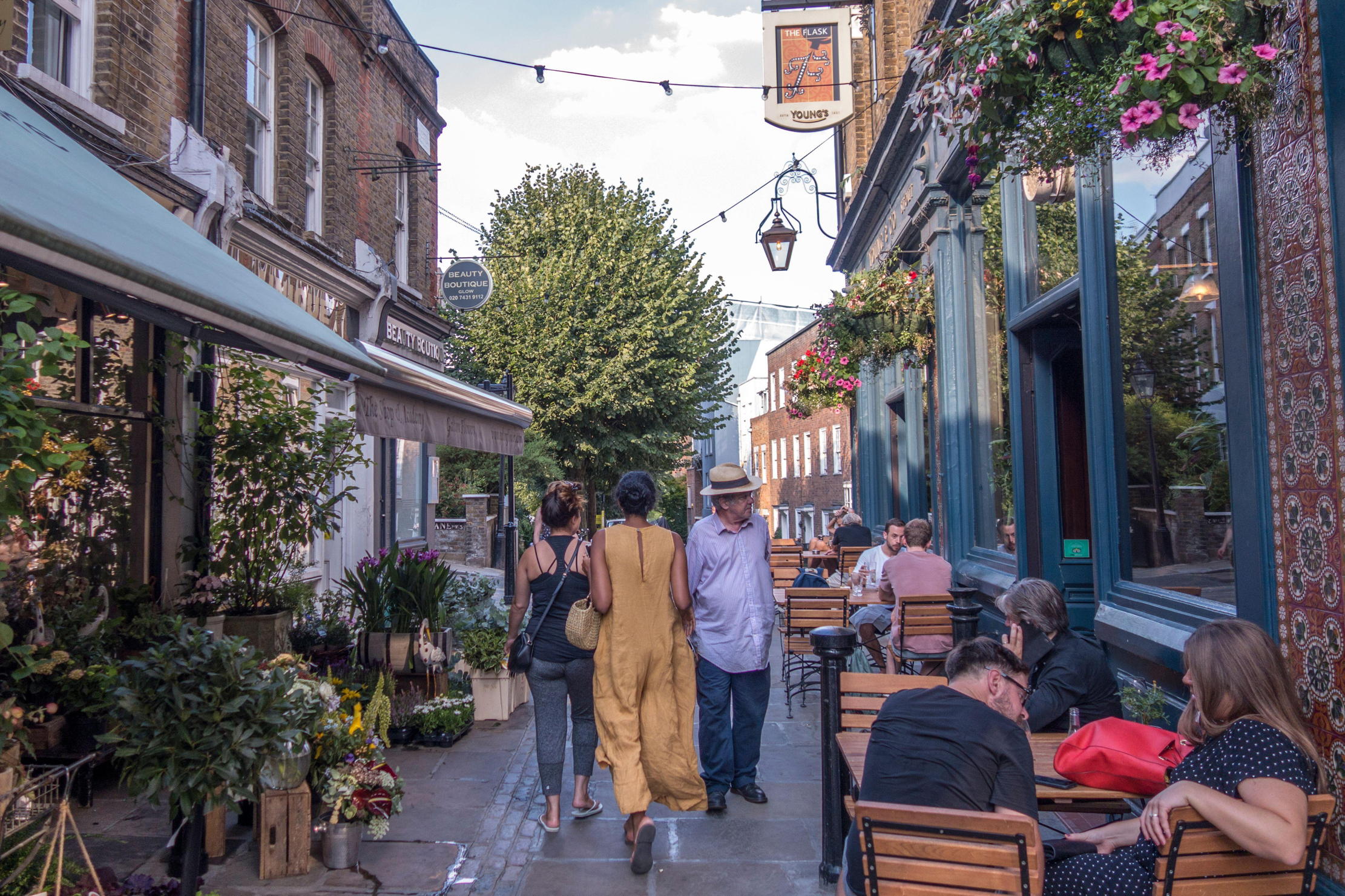 A day walking up and down the UK's most expensive street
A day walking up and down the UK's most expensive streetWinnington Road in Hampstead has an average house price of £11.9 million. But what's it really like?
By Lotte Brundle
-
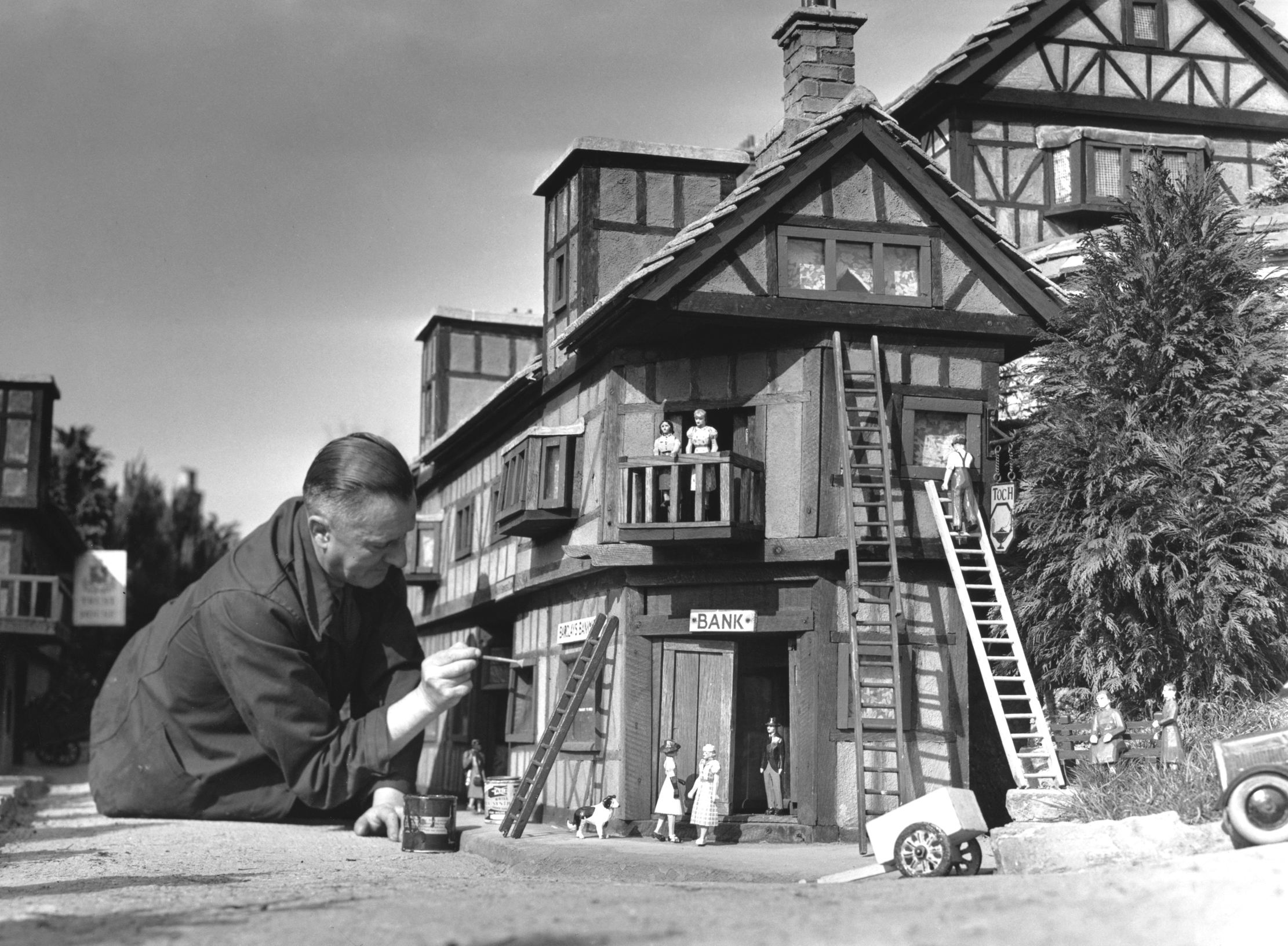 Life in miniature: the enduring charm of the model village
Life in miniature: the enduring charm of the model villageWhat is it about these small slices of arcadia that keep us so fascinated?
By Kirsten Tambling
-
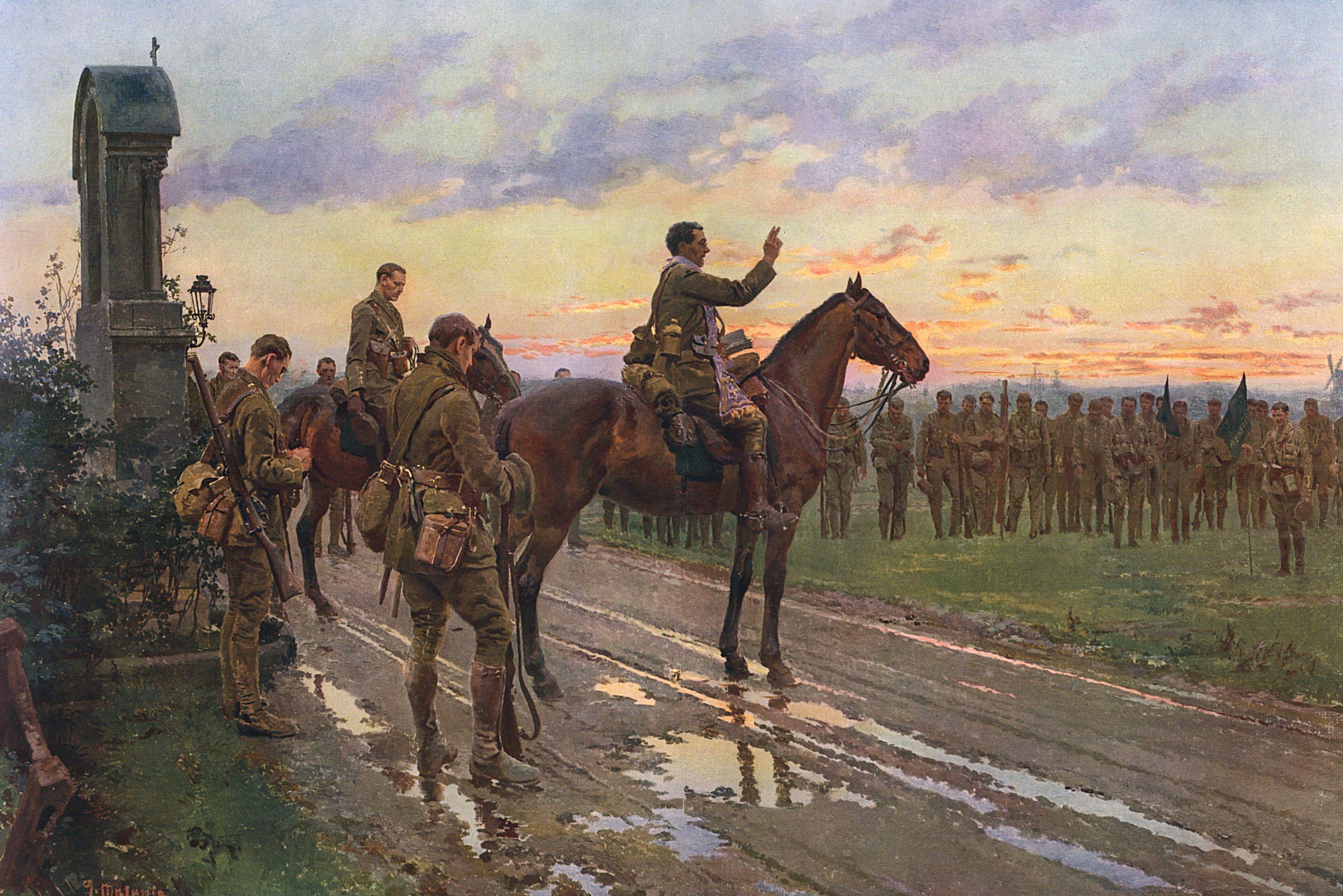 My favourite painting: Allan Mallinson
My favourite painting: Allan MallinsonMilitary historian Allan Mallinson picks an image of 'faith, generosity and ultimate sacrifice'.
By Charlotte Mullins
-
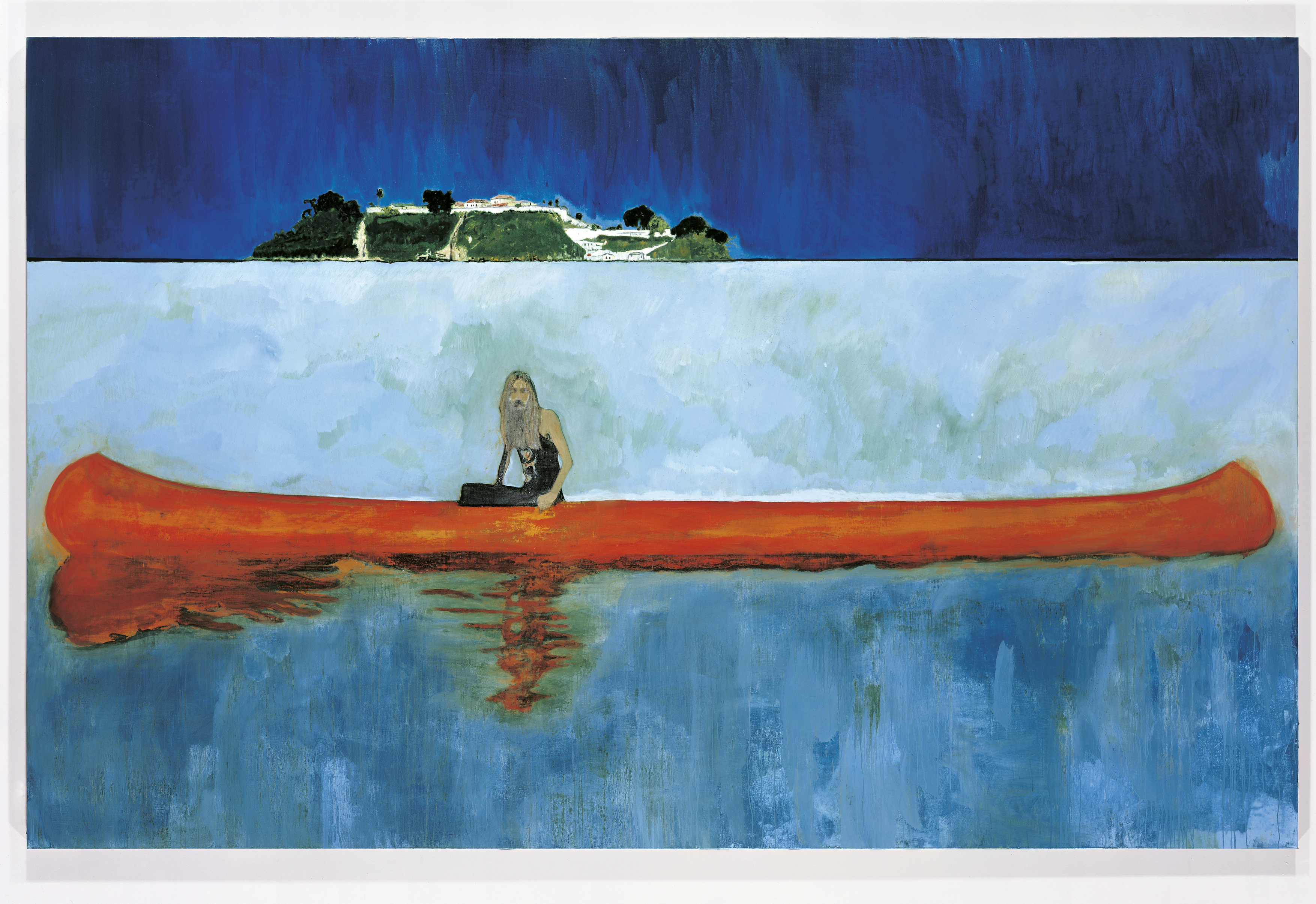 My Favourite Painting: Piet Oudolf
My Favourite Painting: Piet Oudolf'One cannot sense whether he is far out on the ocean or closer to shore, or what he may be watching or feeling in that moment as he stares towards the beach.’
By Country Life
-
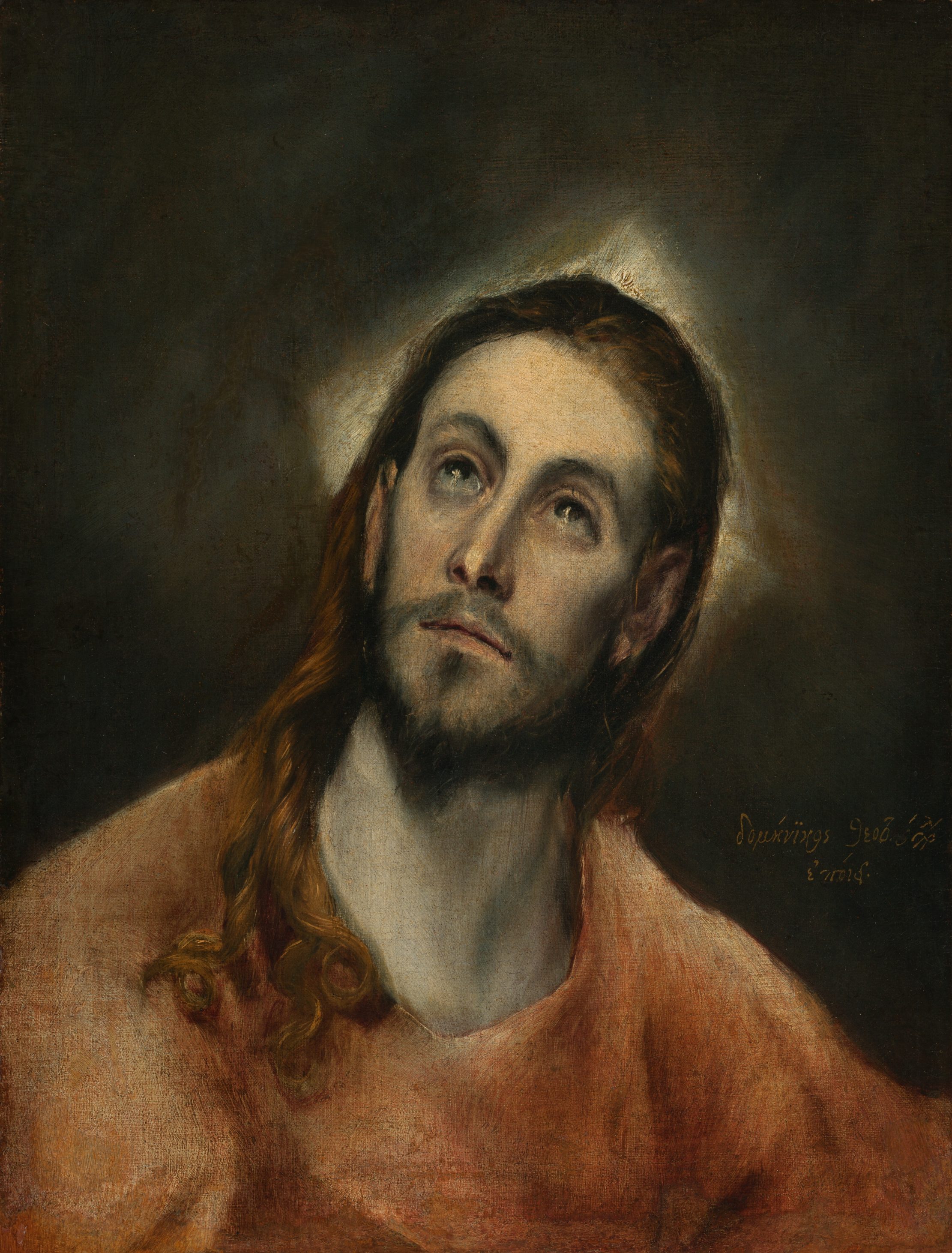 My Favourite Painting: Mary Plazas
My Favourite Painting: Mary Plazas'There is compassion, awe, humility, a knowing yet a questioning in the glistening eyes. It moves me, it inspires me beyond the need to know.’
By Country Life
-
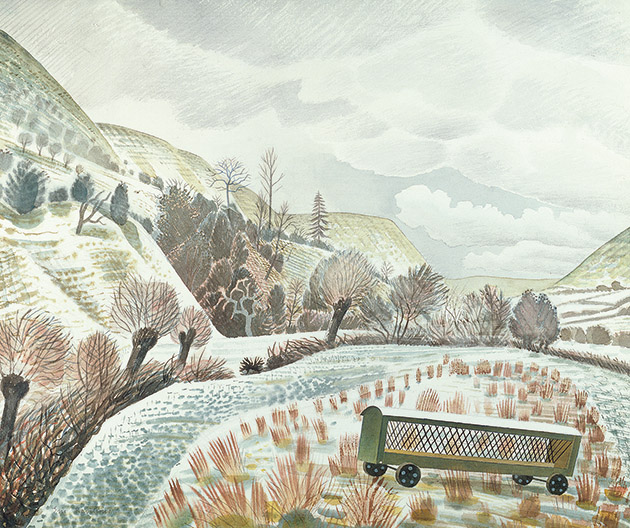 My favourite painting: Robert Kime
My favourite painting: Robert KimeRobert Kime shares his fondness for New Year Snow by Ravilious
By Country Life
-
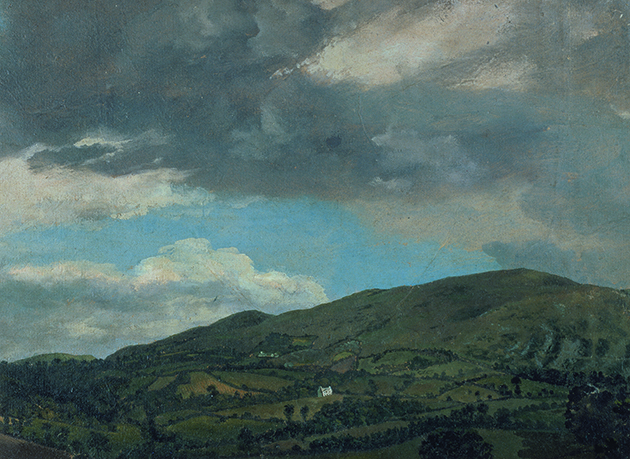 My Favourite Painting: Anna Pavord
My Favourite Painting: Anna PavordAnna Pavord chooses a picture which reminds her of where she grew up
By Country Life
-
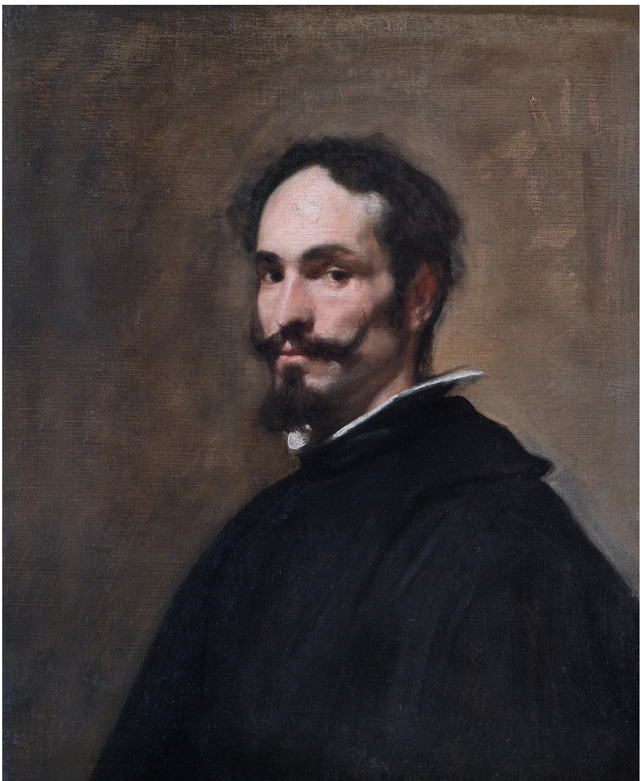 My favourite painting: The Duchess of Wellington
My favourite painting: The Duchess of WellingtonThe Duchess of Wellington chooses her favourite painting for Country Life.
By Country Life
-
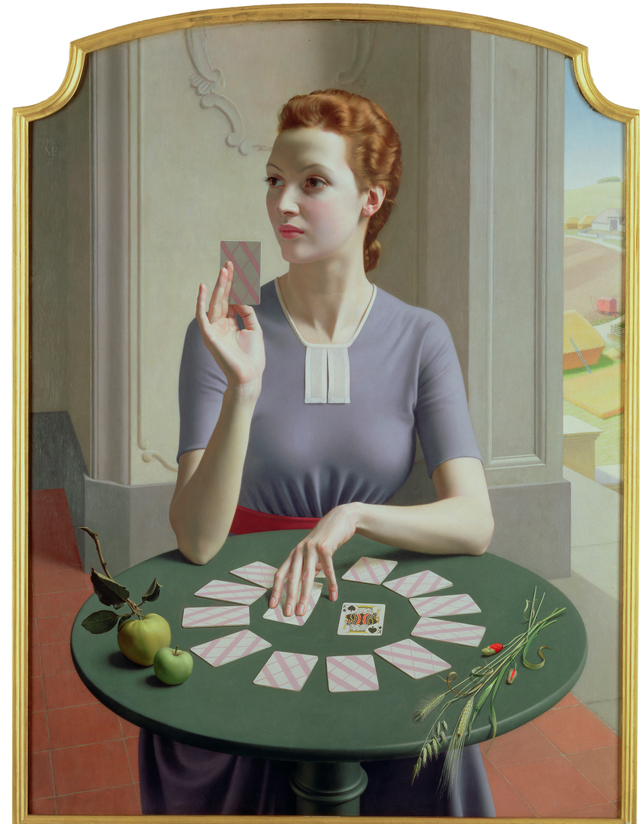 My favourite painting: Maureen Lipman
My favourite painting: Maureen LipmanMaureen Lipman chooses her favourite painting for Country Life.
By Country Life
-
 My favourite painting: Jacqueline Wilson
My favourite painting: Jacqueline Wilson'I looked at this painting and decided to write about a Victorian circus girl one day'
By Country Life